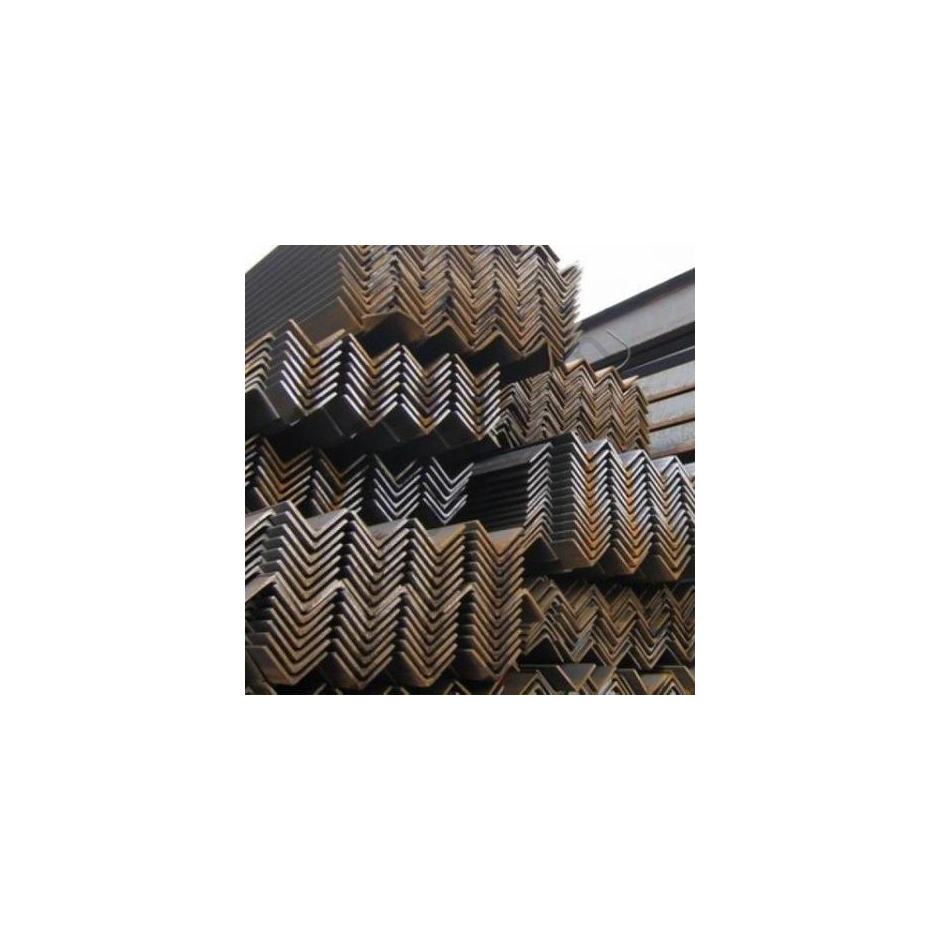Corner 160x160x10 GOST 8509 09G2S

Corner 160x160x10 This type of shaped metal products occupies one of the leading positions in application. Depending on the manufacturing technology, a metal angle can be hot-rolled or bent. The former is made by rolling a hot billet through rotating mill rolls, resulting in an L-shaped product with specified dimensions. Bent angles are formed by bending sheet material on pipe mills or roll forming equipment. With the exception of stainless steel, ordinary steel angles are made from low-alloy and carbon steels of various grades. Main characteristics Hot-rolled angles made of ferrous metal with edges identical in size - equal flanges, are produced in accordance with GOST 8509-93 with flange widths in the range of 20–250 mm. It is this parameter that determines the product number according to the assortment approved by GOST. The best strength indicators belong to hot-rolled gussets, but bent profiles have more precise geometric parameters, lower weight, and a wider range of sizes. In the marking of unequal angles (with different widths of edges) according to GOST 8510, both shelves are indicated along with the thickness, for example - 63x40x5; for an equal angle angle, one is enough, for example - 40x4. This marking principle allows even an ordinary consumer to easily buy the desired profile. An important characteristic is the theoretical weight of 1 linear meter. to calculate the total weight of products when choosing a transportation method. It is also necessary to determine the cost, because catalogs of manufacturers and sellers often indicate the price per 1 meter of products. Manufacturing metal The structure and chemical composition of the starting material depends on its brand. Carbon steels have different varieties depending on the degree of deoxidation (removal of oxygen from the metal). Among alloys of ordinary quality, 3ps steel (semi-quiet) occupies an intermediate position in cost and mechanical characteristics. It provides good weldability without restrictions on welding methods. Low-alloy grades include high-strength carbon steel 09G2S. There are abbreviations that essentially duplicate steels with a different designation. In both cases, they equally provide the resistance of the corner to loads of various types at a relatively low cost. The two steel alloys already mentioned are analogues of the material marked C245 and C345, respectively. How is angle steel used? It is impossible to imagine the construction of objects without it - it is an excellent alternative to traditional frames and meshes for reinforcing structures. Corners are needed in the grillages of pile foundations, to create a load-bearing frame for light buildings, and as supports for openings.
No reviews found


